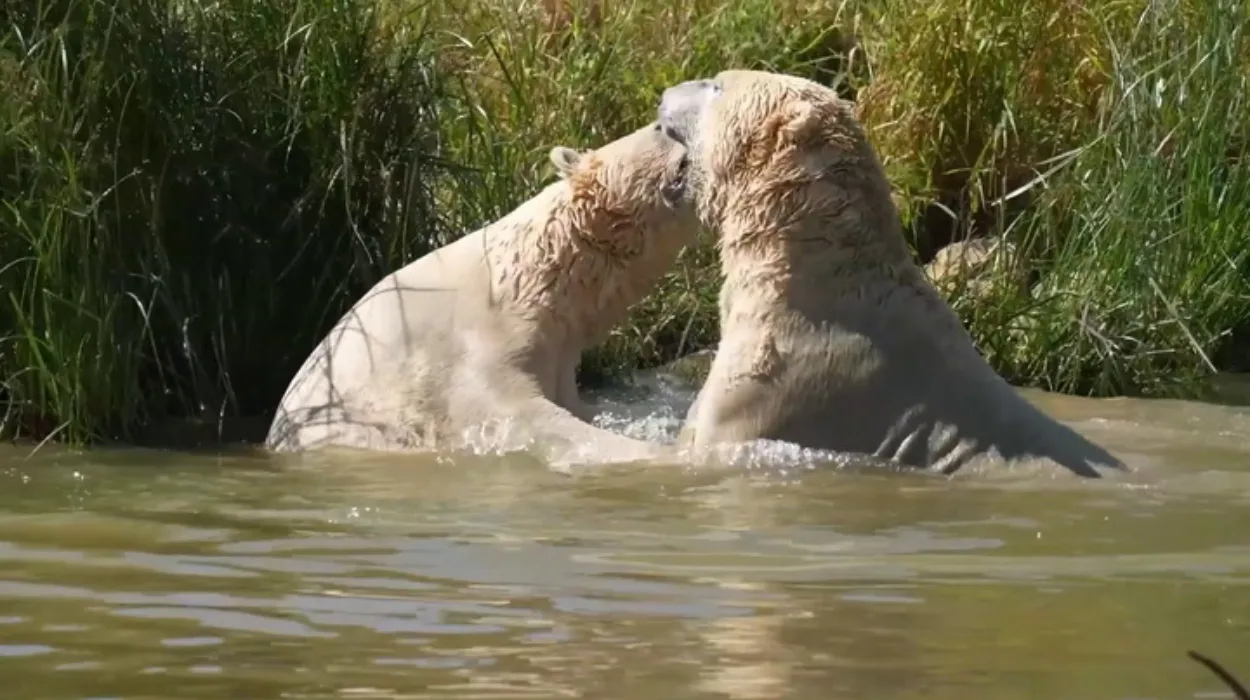UK (Parliament Politics Magazine) – The UK and Europe joined a satellite mission to improve extreme weather forecasts, helping provide early warnings to protect lives and property worldwide.
As reported by The Independent, experts said a series of satellites will launch over 15 years to provide early alerts for extreme weather and save lives.
How will Europe’s new satellites boost weather prediction accuracy?
The Metop Second Generation project plans to improve weather forecasts by providing more detailed data to support Met Office prediction systems.
The first Metop-SG A1 satellite will launch from French Guiana and begin monitoring weather patterns next year.
The European Organisation for the Exploitation of Meteorological Satellites and the European Space Agency are leading the plan to launch six satellites.
What did Phil Evans say about new satellites and saving lives?
Phil Evans, head of EUMetSat, said the new satellites will save lives by giving early warnings about extreme weather.
He stated,
“Extreme weather has cost Europe hundreds of billions of euros and tens of thousands of lives over the past 40 years — storms like Boris, Daniel and Hans, record heatwaves and fierce wildfires are just the latest reminders.”
Mr Evans added,
“The launch of Metop-SG A1 is a major step forward in giving national weather services in our member states sharper tools to save lives, protect property and build resilience against the climate crisis.”
What did Met Office officials say about new weather satellites?
Simon Keogh, head of space applications at the Met Office, described the satellites as “absolutely vital” for weather predictions.
He stated,
“We know how important satellite data is for forecast accuracy, with around a quarter of existing accuracy coming from this source.”
Mr Keogh said,
“The next generation of these satellites is important not only for maintaining existing accuracy as old systems go offline, but also for enhancing observations for the next generation of weather forecasts.”
He added,
“This project is absolutely vital as we make sure we can continue to deliver more accurate forecasts for the next five days and beyond.”
What did Lord Vallance say on climate and satellite launch?
UK science minister Lord Vallance stated,
“Our weather is becoming more extreme and more unpredictable. This launch is the latest result of the UK investing with European partners to bolster weather predictions so we can keep up with our changing climate.”
He added,
“Harnessing the world-class insights from this satellite will improve our ability to predict high-impact weather events even earlier. This will protect our infrastructure, our economy and save lives, keeping our plan for change on track.”
How did advanced satellites help predict storms and monitor the climate?
The new satellites could improve weather forecasts up to 10 days across Europe and globally. The data will improve short-term weather forecasts. It will also help experts spot early signs of storms and severe weather.
The Copernicus Sentinel 5 mission onboard will monitor air quality and support ongoing climate observation efforts. The satellite will orbit 800m above Earth, completing one orbit every 100 minutes to capture images of the entire planet daily.
The satellite includes sounders to gather data on temperature, rainfall, clouds, winds, pollution, and weather factors. The data will be transmitted to centres like the Met Office’s new tracking dish in Exeter for analysis.
How severe will the fourth heatwave be following record July heat?
Weather experts announced the fourth heatwave of the summer, prompting amber warnings as high temperatures pose risks to public health.
This July ranked as the third hottest ever recorded, with experts noting severe heat and deadly floods worldwide.
Key satellites used by the Met Office
Metop-SG satellites collect weather data every 100 minutes from 800 km up. MTG-S1 orbits 36,000 km above Europe and scans every 30 minutes. It helps track storms and watch the climate.
Sentinel-5 monitors air pollution, while Sentinel-4 on MTG-S1 sends hourly UV and light data. This information supports health and the environment.


